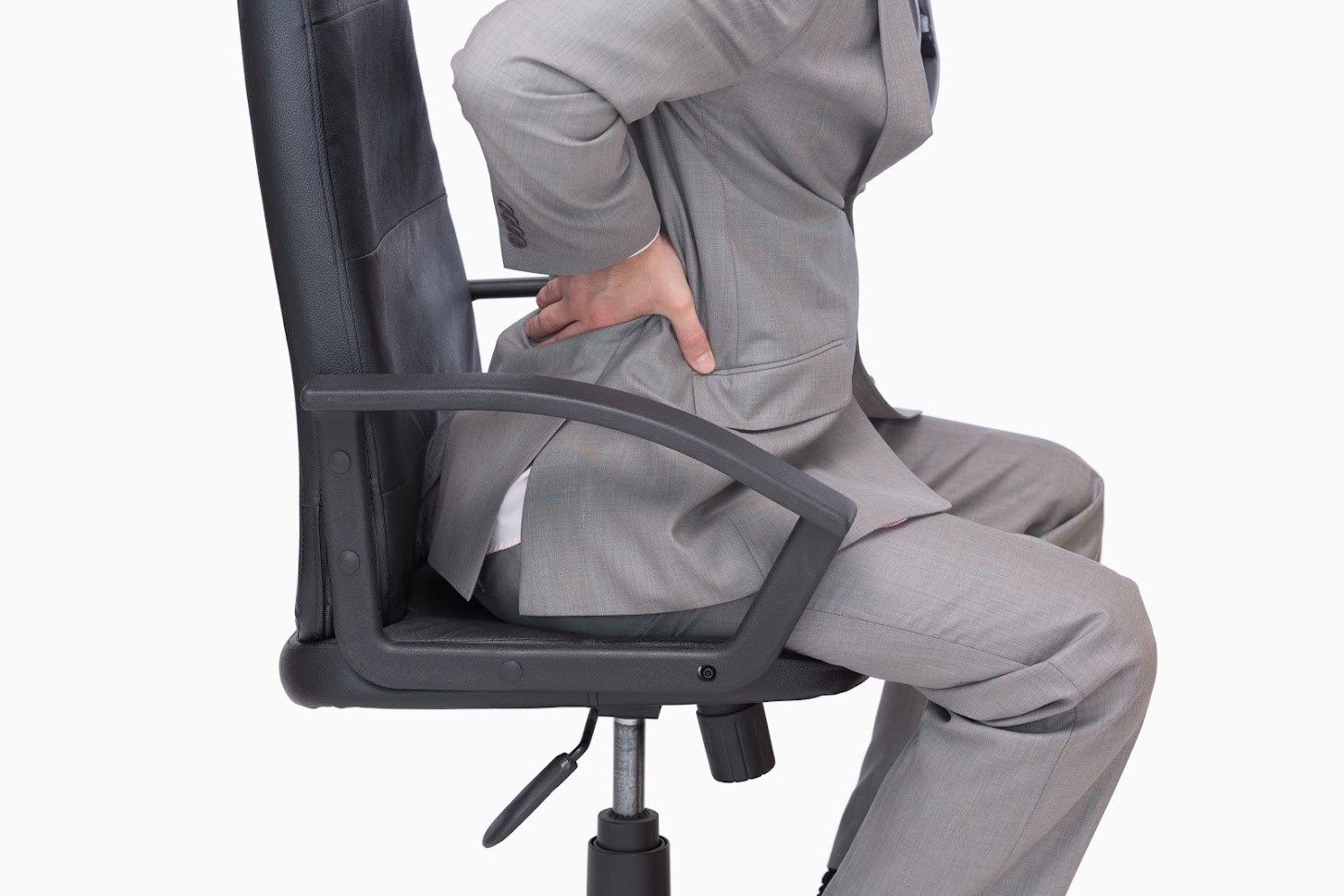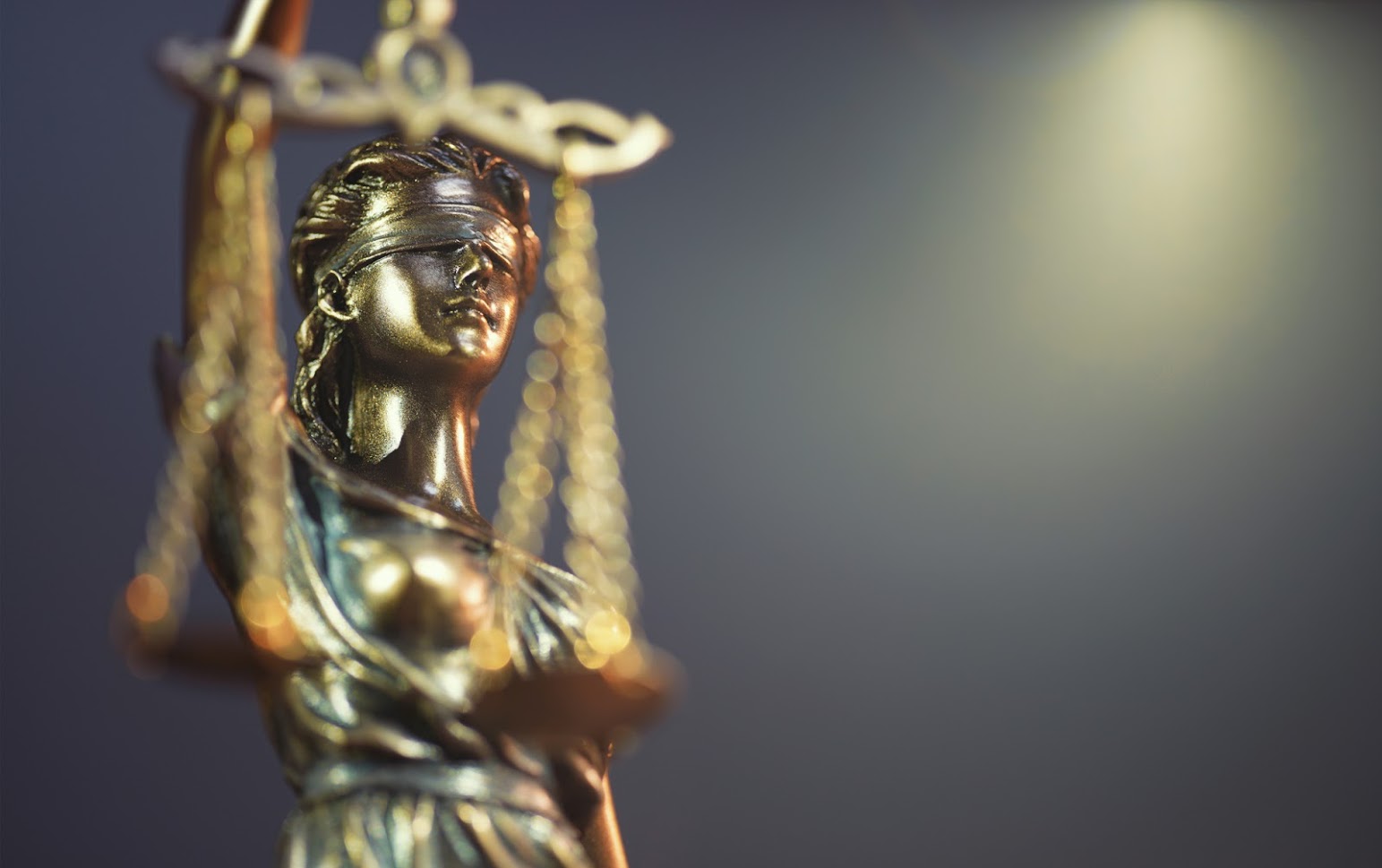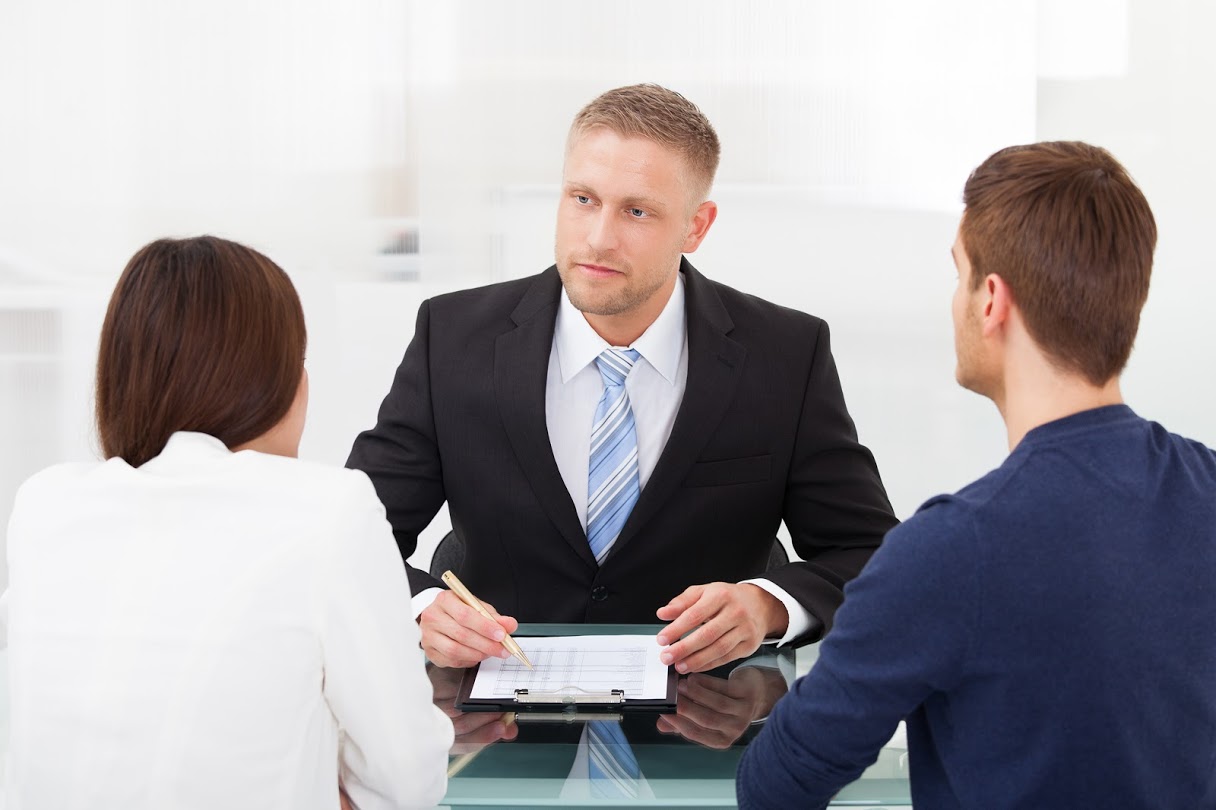If you have slipped and fallen on someone else’s property, you may have sustained painful, debilitating injuries. Over one million slip-and-fall injuries occur each year in the U.S. alone, leading to 17,000 deaths. Up to 15 percent of all job-related injuries and workers’ compensation claims stem from slips and falls.
In some cases, negligence on the part of the property owner causes or contributes to a slip-and-fall injury. If you believe that this situation applies to you, then you may seek financial compensation for medical and other costs. Discover some key points about pursuing a slip-and-fall injury liability case.
How Slips and Falls Affect the Body
Slips and falls can lead to a variety of injuries which vary greatly in severity, from the superficial to the fatal. You need not fall from a great height to sustain such injuries; even a floor-level slip from a standing position can do physical damage.
Milder slip and fall injuries may include bruises, cuts, and abrasions. While these injuries might not incapacitate you, they may still require you to pay for medical treatment. Torn muscles or sprained ligaments from a slip and fall can develop into chronic pain conditions that reduce your mobility or ability to work.
A harder landing may fracture bones. Fracture injuries may take weeks or even months to heal, especially if you have to undergo surgery to repair them. A fractured skull may accompany a serious brain bruise known as a concussion.
Nerve tissue injuries count among the most debilitating of all slip and fall injuries. Damage to your spinal cord can leave you partially or totally paralyzed. Damage to major nerves or nerve roots can cause weakness, pain, numbness, and other problems in your arms or legs, making everyday tasks difficult or impossible.
How Slip-and-Fall Injuries Happen
Many slips and falls occur when individuals step on an unseen puddle of water, oil, or some other slick substance (notably in areas such as break rooms where people make and consume beverages). Shop scraps or other debris lying around can also cause individuals to slip and fall.
You might slip and fall by miscalculating the slope of a surface that appears level but, in fact, has uneven contours. Even a small dent in a linoleum or concrete fall can cause you to lose your balance. Unsafe areas such as construction sites may also pose slip-and-fall threats, especially if owners fail to post danger warnings.
How to Establish Your Slip-and-Fall Case
To establish a slip and fall case that has any chance of success, you must show liability on the part of the property owner or staff. The defendant either caused the accident directly, knew about a slip-and-fall hazard but failed to do anything about it, or showed negligence in not knowing about the slip-and-fall hazard.
Showing liability can prove tricky due to the many variables that might influence the circumstances of a slip-and-fall injury. For instance, if a supermarket customer spilled a drink on the floor moments before you slipped and fell on it, the supermarket staff simply may not have had time to mop up the spill.
The reasonableness of the owner or staff’s behavior can make a big difference in the solidity of your case. If you tripped over an object that had no legitimate reason for being there, for example, this might illustrate the defendant’s liability.
How Courts Determine Liability and Damages
Illinois follows the modified comparative negligence rule in determining liability in personal injury cases, including slip-and-fall cases. This means that the court will consider both the defendant’s and the plaintiff’s degrees of liability.
For instance, if you wore inappropriate footwear in an area known for slick floors, or if you strayed into an area not meant for foot traffic, you may bear some of the responsibility for the slip-and-fall injury. The court might then award you a percentage of the damages sought based on that comparative liability.
Randall A. Wolff & Associates, Ltd., can help you pursue your slip-and-fall injury case. Contact us for a consultation.






